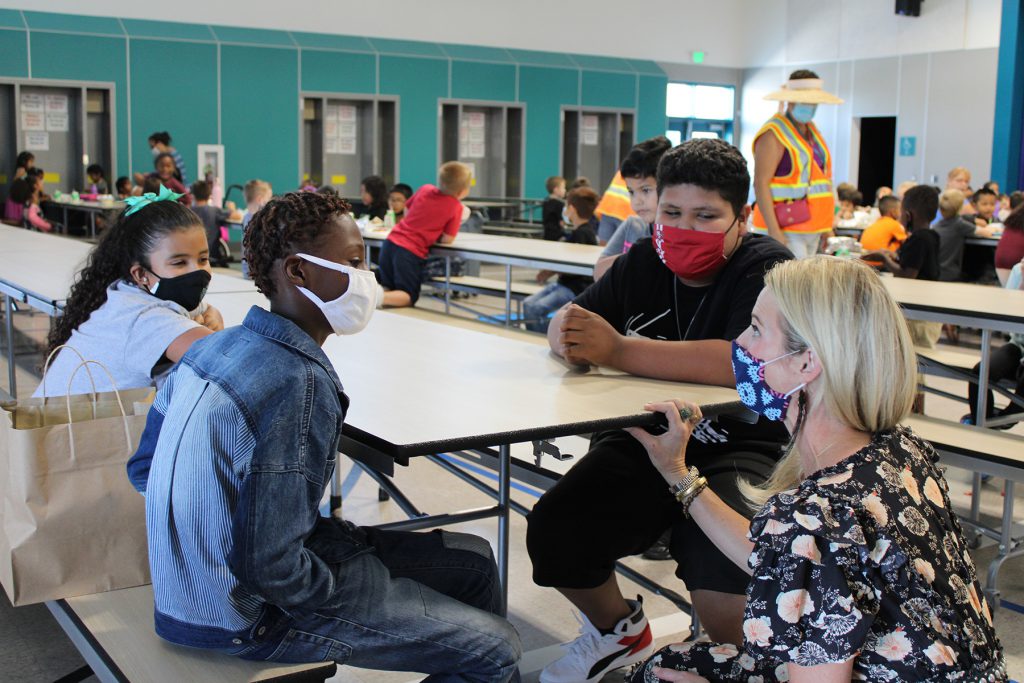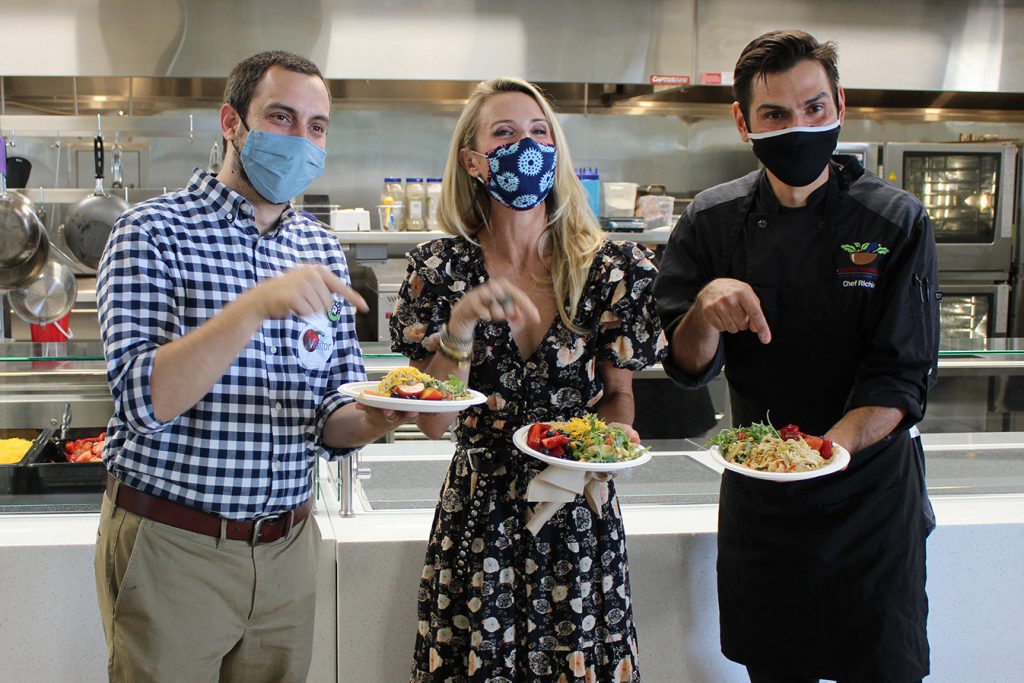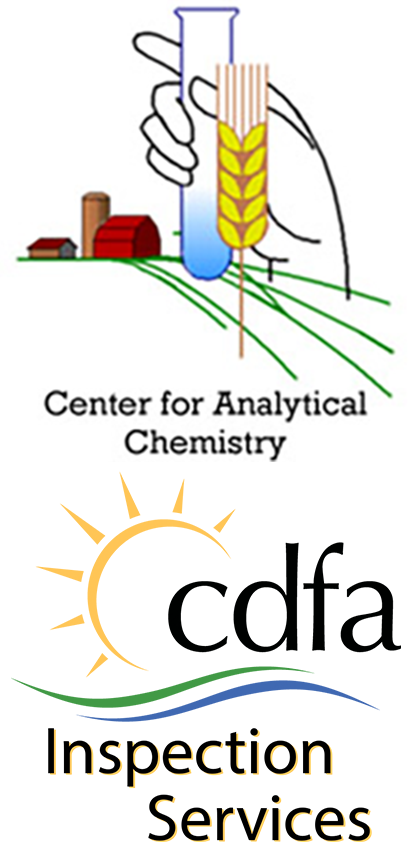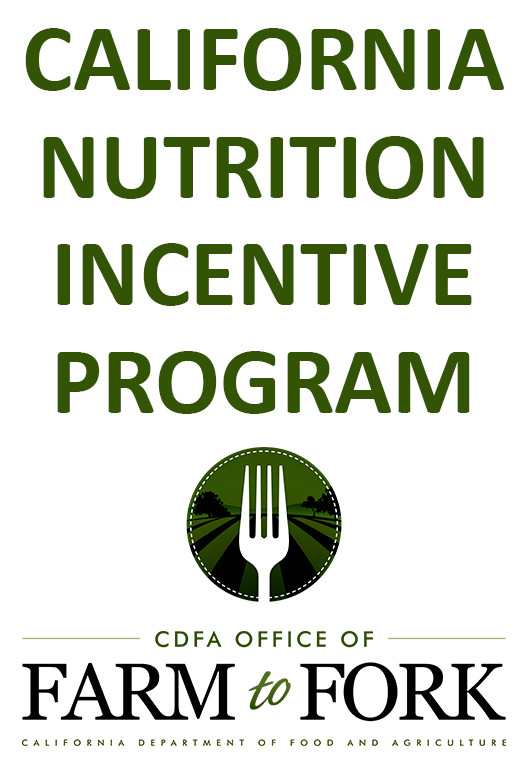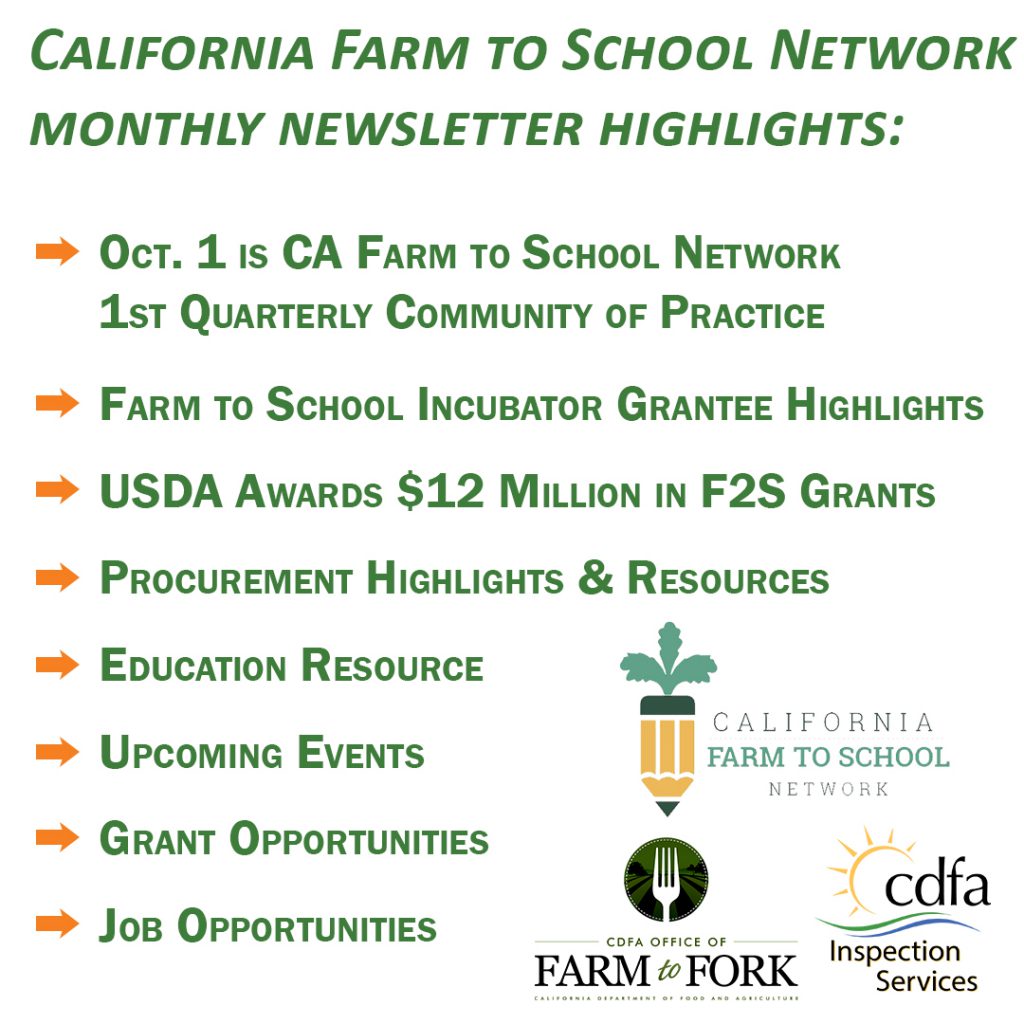The California Department of Food and Agriculture’s (CDFA) Fertilizer Research and Education Program (FREP) is looking for qualified individuals to serve as trainers for the Irrigation and Nitrogen Management Training Program.
This training program is designed for Central Valley growers interested in self-certifying their Irrigation and Nitrogen Management Plan (INMP) Worksheets.
Who is eligible to be a trainer?
Individuals qualified to be a trainer include those who have a background in irrigation and/or nitrogen management and have experience working with growers to complete INMP Worksheets. Qualified individuals are also comfortable speaking and answering questions in front of an audience, online, or in-person. Preference will be given to active consultants and Certified Crop Advisors (CCA).
When are trainings offered?
Training courses are available to growers from November to March and trainers are assigned based on their designated areas of service and availability. Trainers will serve in at least two trainings during each training period.
Why should you become a trainer?
Being a trainer is a great opportunity to connect with growers in your service area and broaden your impact on the agricultural community. It is also an opportunity to strengthen your professional skills, including communication and critical thinking. Trainers will receive a stipend of $500 for each training session from the sponsoring organization.
Click here to view the FREP blog for additional information and directions on how to apply to be a trainer for the Irrigation and Nitrogen Management Training Program.



